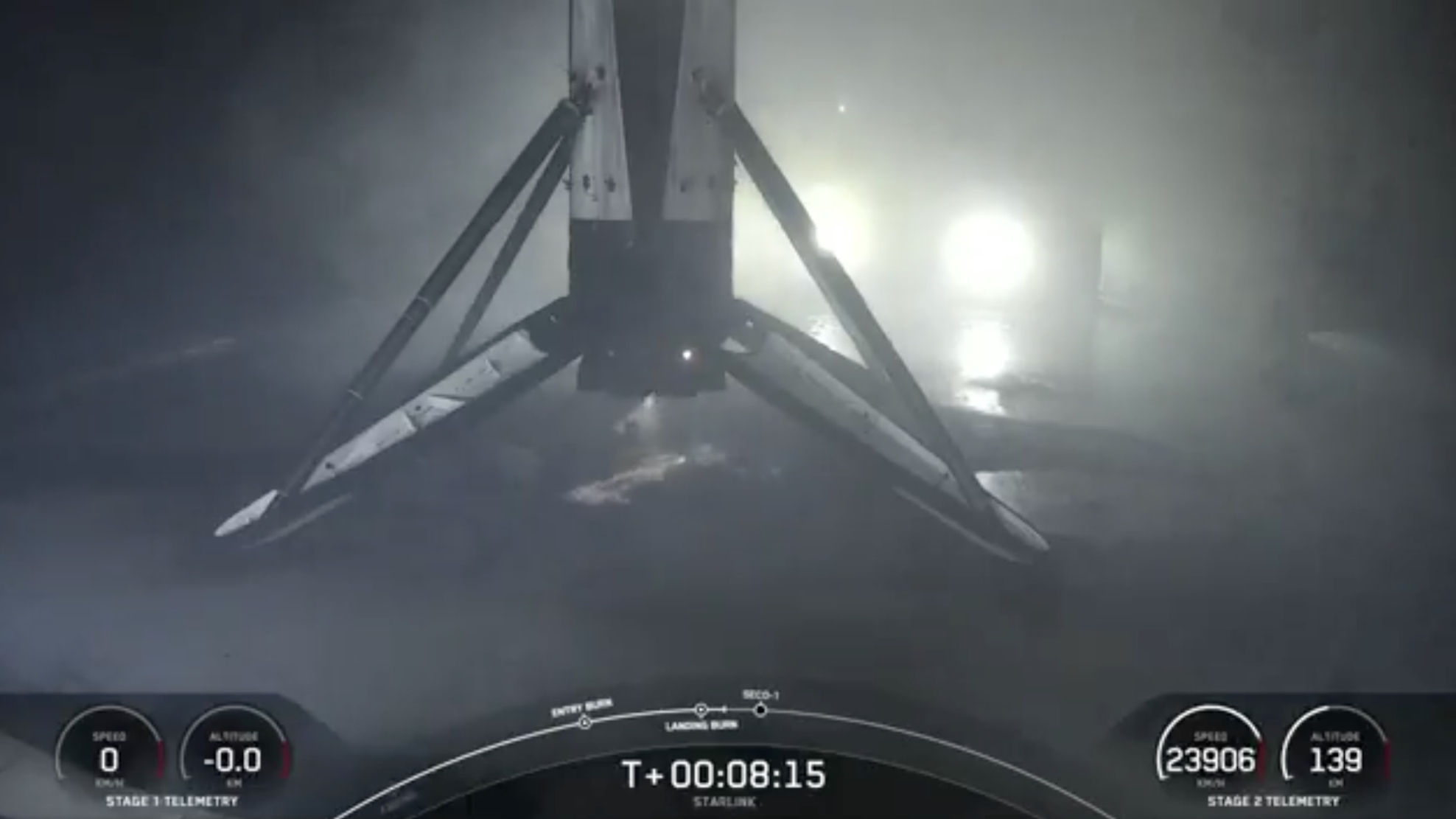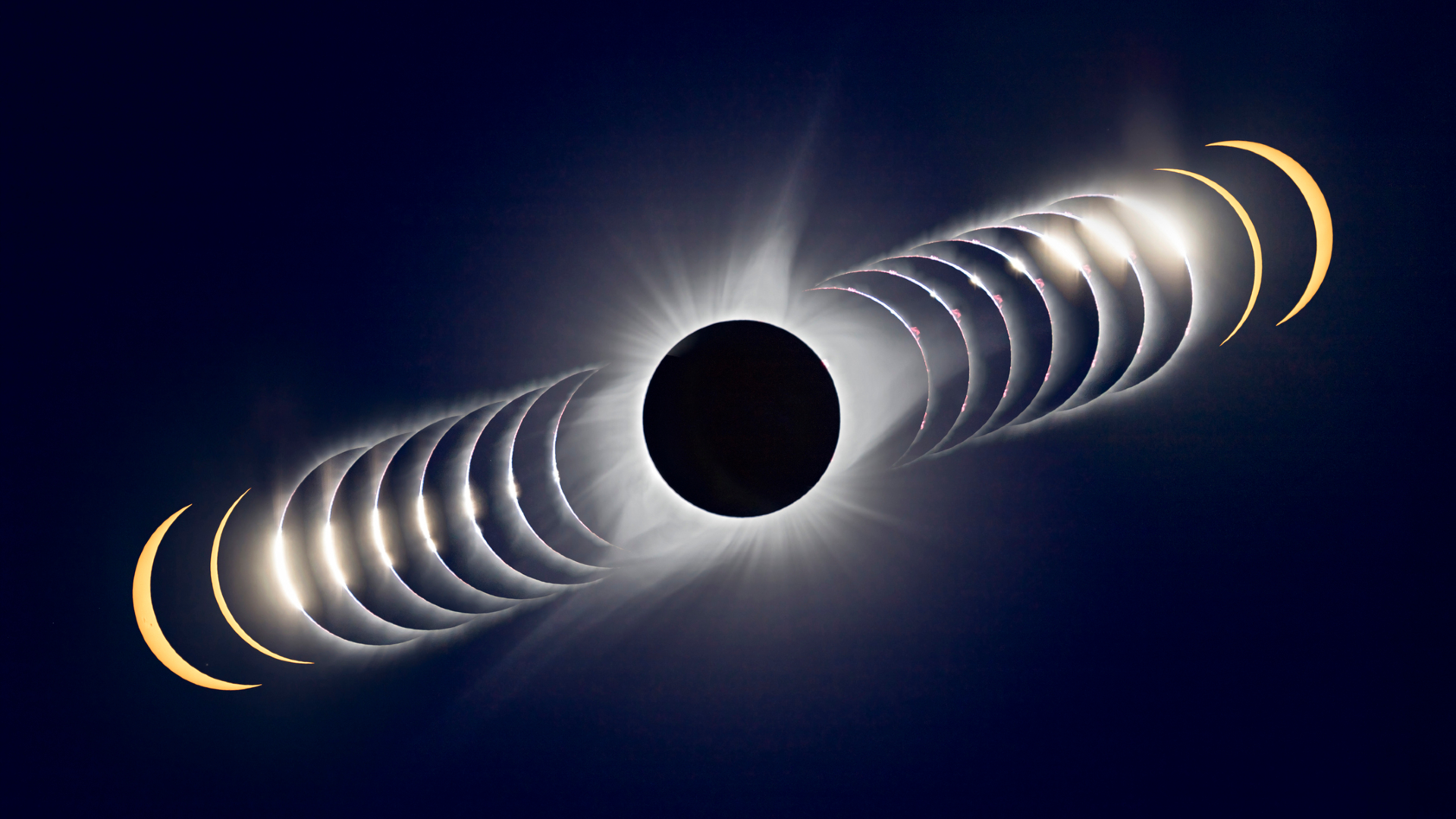SpaceX lofts 24 Starlink satellites in midnight launch from Florida (video)
SpaceX launched 24 more of its Starlink internet satellites from Florida's Space Coast early Saturday morning (Nov. 30).
A Falcon 9 rocket carrying 24 Starlink spacecraft lifted off from Cape Canaveral Space Force Station on Saturday at midnight EST (0500 GMT).
The Falcon 9's first stage returned to Earth about eight minutes after liftoff as planned, touching down on the SpaceX droneship "Just Read the Instructions" in the Atlantic Ocean.

It was the sixth launch and landing for this particular booster, according to a SpaceX mission description. Three of those flights have been Starlink missions.
The Falcon 9's upper stage continued carrying the 24 Starlink satellites to low Earth orbit, deploying them there about 65 minutes after liftoff, SpaceX reported via X.
Related: Starlink satellite train: how to see and track it in the night sky
The Starlink launch will be the first leg of a Saturday morning rocket doubleheader for SpaceX, if all goes to plan.
Breaking space news, the latest updates on rocket launches, skywatching events and more!
The company also intends to launch the NROL-126 mission for the U.S. National Reconnaissance Office, and 20 Starlink craft, at 3:10 a.m. EST (0810 GMT) on Saturday from Vandenberg Space Force Base in California.
Editor's note: This story was updated at 2:20 a.m. ET on Nov. 30 with news of successful launch, rocket landing and satellite deployment.

Michael Wall is a Senior Space Writer with Space.com and joined the team in 2010. He primarily covers exoplanets, spaceflight and military space, but has been known to dabble in the space art beat. His book about the search for alien life, "Out There," was published on Nov. 13, 2018. Before becoming a science writer, Michael worked as a herpetologist and wildlife biologist. He has a Ph.D. in evolutionary biology from the University of Sydney, Australia, a bachelor's degree from the University of Arizona, and a graduate certificate in science writing from the University of California, Santa Cruz. To find out what his latest project is, you can follow Michael on Twitter.
